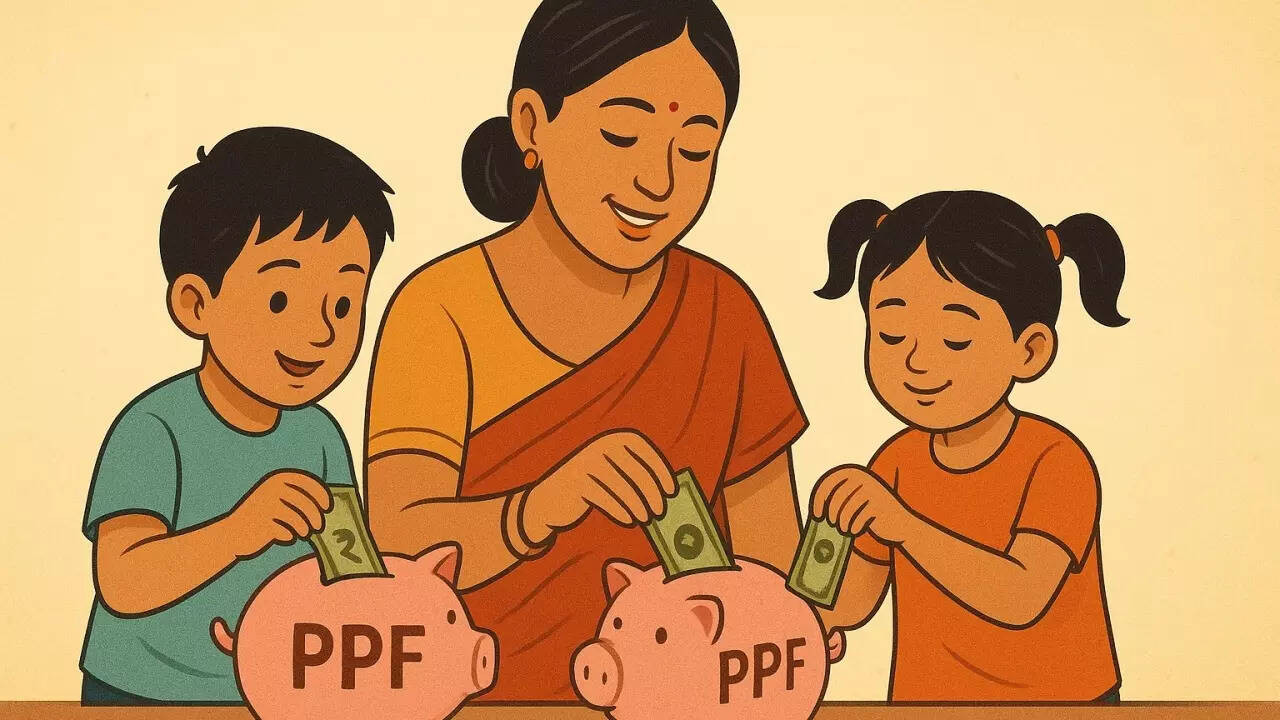The Lumberjack’s Lament: Why the US-Canada Trade Spat Matters
Remember the good old days of neighborly love and tariff-free lumber? It seems like a distant memory now, as a fresh trade skirmish between the United States and Canada is sending ripples through industries on both sides of the border. This isn’t just about wood; it’s a signal of potentially deeper fractures in a relationship long considered rock solid.
The latest twist in this saga? A hefty 35% tariff slapped by the U.S. on certain Canadian lumber imports. The reason, according to the U.S., is retaliation for what they deem to be unfair trade practices by Canada. Specifically, the U.S. points to Canada’s dairy policies, arguing they unfairly restrict American access to the Canadian market. This tit-for-tat escalation raises a critical question: how did we get here, and what are the potential consequences?

A Rocky Foundation: Understanding the Roots of the Dispute
The seeds of this disagreement were sown long before the current tariff. For years, the U.S. has taken issue with Canada’s supply management system for dairy, eggs, and poultry. This system, designed to protect Canadian farmers, limits imports and sets prices, effectively shielding Canadian producers from foreign competition. The U.S. argues that this system violates the spirit, if not the letter, of trade agreements like the USMCA (United States-Mexico-Canada Agreement, formerly NAFTA).
Canada, however, defends its supply management system, arguing it’s crucial for the survival of its family farms and the preservation of rural communities. They maintain that their policies are within the bounds of international trade regulations and that the U.S. is simply attempting to bully them into submission. This difference in perspective is at the heart of the ongoing tension.
The Price of Protectionism: Who Really Pays for Trade Wars?
While governments bicker and impose tariffs, the real-world impact is felt by businesses and consumers. The 35% tariff on Canadian lumber will undoubtedly increase costs for American homebuilders, potentially leading to higher prices for new homes and renovations. It could also impact the availability of certain types of lumber, further exacerbating supply chain issues.
On the Canadian side, lumber producers will face reduced access to their largest export market, forcing them to find alternative buyers or cut production. This could lead to job losses in the Canadian forestry sector, a vital part of the Canadian economy, particularly in British Columbia and other western provinces.
But it’s not just the lumber and dairy industries that are affected. Trade wars create uncertainty, which can stifle investment and economic growth. Businesses become hesitant to make long-term plans when the rules of the game are constantly changing. Consumers, worried about rising prices and economic instability, may cut back on spending.
Beyond Lumber and Dairy: What’s at Stake for US-Canada Trade?
This trade dispute extends beyond specific industries. It touches on the broader relationship between the U.S. and Canada, two countries with deeply intertwined economies and shared values. A prolonged trade war could damage this relationship, undermining cooperation on other important issues such as border security, environmental protection, and defense.
The US-Canada trade relationship is one of the largest in the world, with hundreds of billions of dollars in goods and services flowing across the border each year. Disruptions to this trade flow can have significant consequences for both countries. Furthermore, this dispute could set a precedent for future trade conflicts, not just between the U.S. and Canada, but between other countries as well.
For example, the recent tensions echo similar disagreements over softwood lumber that have flared up periodically for decades. Learning from these past disputes and seeking mutually beneficial solutions is crucial to maintaining a healthy and productive economic partnership. For more on the long-standing relationship between these countries, read our article on the history of US-Canadian relations.
Finding a Path Forward: Can Harmony Be Restored?
Resolving this trade dispute will require both the U.S. and Canada to come to the table with a willingness to compromise. The U.S. needs to recognize the importance of Canada’s supply management system to its rural communities, while Canada needs to be open to exploring ways to provide greater access to its market for American producers.
Ultimately, a sustainable solution will require a commitment to fair trade practices, transparency, and mutual respect. A return to constructive dialogue and a focus on finding common ground is essential to repairing the damage done by this trade war and ensuring a prosperous future for both countries. Is a compromise possible, or are we headed for further escalation? Only time will tell.







